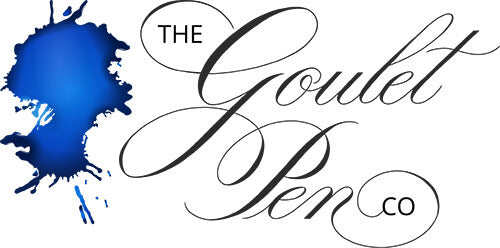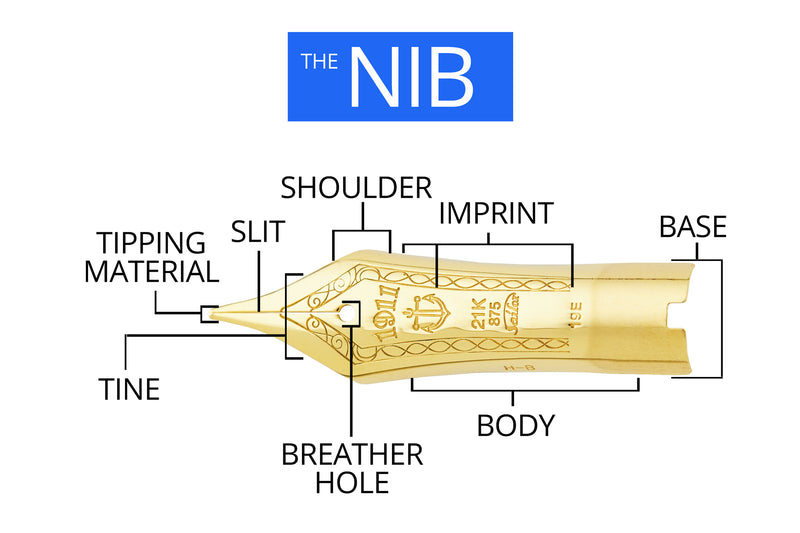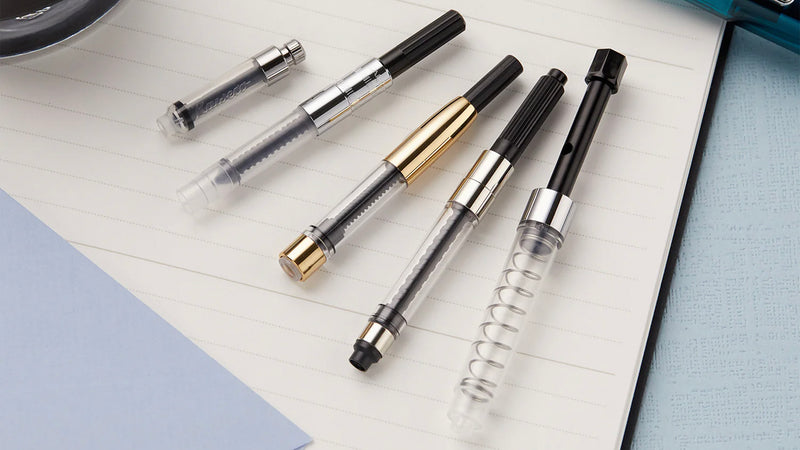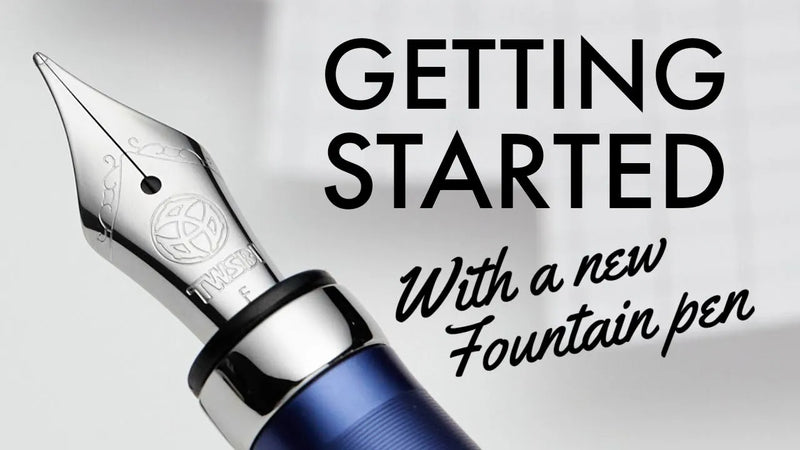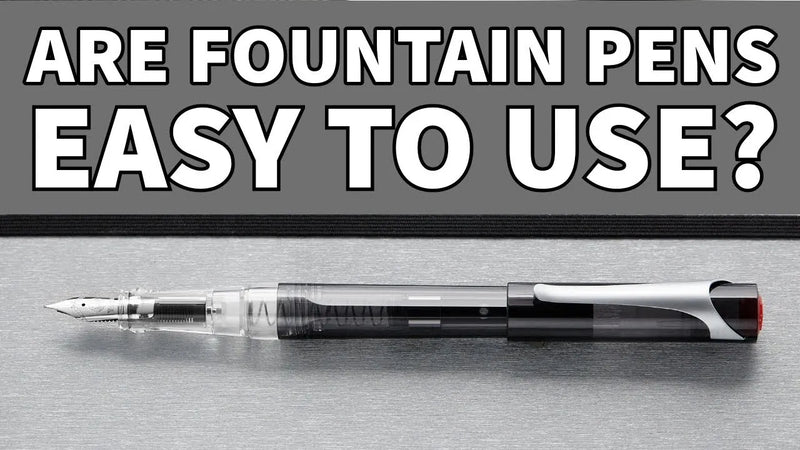Fountain Pen Misconceptions
Even the most experienced fountain pen users can have some misconceptions about this writing tool. With the help of our Customer Care team, we've collected a list of five common misconceptions from fountain pen users that we've encountered over the years and provided some clarity around them.
Misconception #1: A New Pen Doesn't Have to be Cleaned
Before your new fountain pen makes it to your hands, it has a long journey that you may not be aware of. Most pens are made with some mass-manufactured pieces, and more often than not, that includes the feed, which is often overlooked as being less crucial than the nib. A bit of oil or sediment leftover from the manufacturing process can cause confusing writing inconsistencies that you can eliminate by giving your pen an introductory cleaning. You might also receive a pen that has been tested with ink at the manufacturer, which can cause surprises.
Cleaning your pen is like restarting your device – always the first shot at fixing a glitch. A brand-new pen doesn't have to be cleaned most of the time, but it's a fail-safe practice. For cleansing matters, Goulet Pens has all the tools you need to safely and effectively clean your fountain pen.
Misconception #2: An Expensive Pen Will Write Better Than a Cheap Pen
This is quite a turbulent topic, but the price of a fountain pen doesn't necessarily reflect just the amount of work being done to improve the nib and its performance on paper. Usually, the most significant contributing factor to a more expensive pen is related to materials and production. More expensive materials, smaller batches, and less automation are often the variables that have a heavier impact on cost.
You should not expect a pen that's $100 to definitely write twice as well as a pen that's $50 – twice the dollar doesn't always mean twice the performance.
Misconception #3: Nib Sizes are Universal
This is a misconception that we absolutely wish were true! Wouldn't it be nice to have a LAMY steel extra-fine nib and know that you'd get the same line width if you bought a Pilot steel extra-fine? Even having line width consistency within one brand would be a dream come true!
Unfortunately, nib sizes are not universal. Not only can one brand's nib be vastly different from other brands' versions of the same size, but you'll also see that same challenge happen within an individual brand. For example, Pilot is arguably the most consistent manufacturer in the industry and has several different interpretations of what a "broad" line looks like. Though they feature nibs that allude to a specific measurement like 1.1mm or 1.5mm, there's no universally agreed-upon standard across the brand. To help combat inconsistent line widths, check out our Nib Nook comparison tool. Over many years, Brian Goulet has written with just about every different nib we've had so that you can see how they compare.
Misconception #4: Fountain Pen Nibs Should be Smooth
One of the most appealing things about writing with a fountain pen is how effortlessly it glides across paper, especially when compared to a ballpoint pen's hard press and drag. While many pen companies strive to produce a silky smooth stroke, smoothness is not always the goal. In fact, the more a nib gets polished in pursuit of ultra-smoothness, the closer the risk of over-polishing.
Over-polished nib tipping leads to hard starts, skipping, sadness, and despair – maybe not the last two, but you get the gist. Some brands don't make smoothness their goal and instead focus more on performance and consistency. Brands like Sailor, for example, produce nibs with a hint of feedback similar to the feel of writing with a pencil.
So, can you have both smoothness and consistency? Absolutely! Just because you have a nib that you can feel doesn't mean there's something wrong with it. Furthermore, we like to differentiate "scratchy" and "feedback" here. "Scratchy" is when a nib is actually gouging into the paper, like a fingernail, and pulling paper fibers. "Feedback," on the other hand, is just a feeling of texture.
Misconception #5: Writing Issues are a Result of the Pen
Although the nib, the feed, and the filling mechanism of a fountain pen are all variables that can limit their performance, they may not be why the writing instrument stops working correctly. When asking yourself, "What's wrong with my pen?" consider the following question: What paper or ink am I using that may interfere with my writing experience?
Sure, it may be a pen issue, but ink and paper often get overlooked when troubleshooting.
You can spend all the time in the world troubleshooting your pen, but if you're trying to write on Dollar Store wrapping paper, it won't matter much. Of course, that's an exaggeration, but not fully considering your paper and ink as equal parts of the trifecta of writing performance can make for an unenjoyable experience. There's usually not a real issue but merely a disagreement between two of the three factors. Your extra-fine nib will feel extra toothy if you're using textured stationery. Fast-drying ink on super absorbent paper will likely produce some gnarly feathering. A super-shimmery ink might clog up your pen's feed. Nothing's broken here, sometimes, you just put together a team that doesn't work well, and that's ok. Just swap one out until you find a team that works for you. Ink samples are a great way to find the perfect combination for your pen and paper without investing in an entire ink bottle.
Those are our five misconceptions about fountain pens. If you have any more questions, contact our dedicated Customer Care team. Write on!
